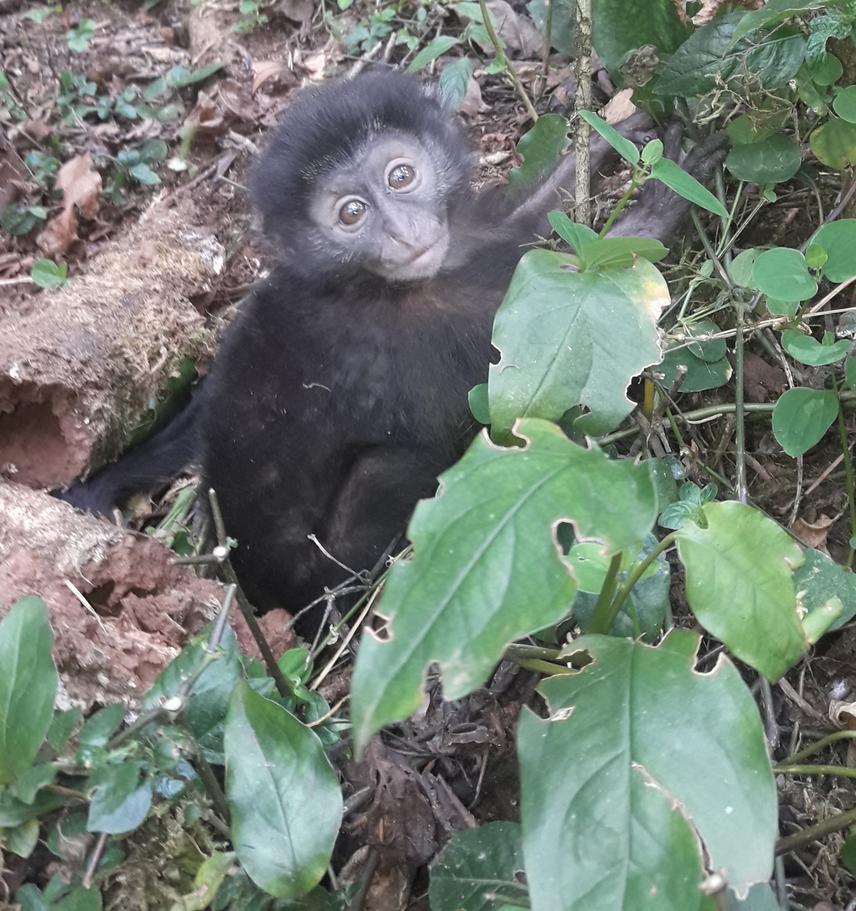Meseret Chane Alemu
To investigate the effects of anthropogenic habitat modification on ecological niche partitioning in sympatric DeBrazza’s monkey and Boutourlini’s blue monkey in Ethiopia.

Many primate species today face a variety of anthropogenic threats including habitat loss and modification, disease hunting as a result of crop raiding and climate change (Dickman, 2010).Consequently, more than half of the world’s primate species are currently threatened with extinction (Wallis and Lonsdorf, 2010). The most important threat to primate conservation is habitat destruction and modification (Colinish and Dunbar, 2000). DeBrazza’s monkeys and Boutourlini’s blue monkeys are sympatric guenons in SW Ethiopia which are both threatened locally because of habitat destruction and modification. These ecologically similar and closely related guenons may differ in their behaviour and ecology to avoid interspecific competition and adapted to co-exist together. However, no previous study has been carried out to investigate how anthropogenic habitat modification affects niche partitioning in sympatric DeBrazza’s monkeys and Boutourlini’s blue monkeys.
This project will examine the effects of anthropogenic habitat modification on ecological niche partitioning between the rare DeBrazza’s monkeys and little known Ethiopian endemic Boutourlini’s blue monkeys in Hamuma Forest, SW Ethiopia. Behavioural data on activity budget, feeding ecology, ranging pattern and habitat use will be collected through scan sampling to test the predictions: the groups living in heavily–modified habitat (coffee plantation) are expected to
(1) consume more alternative food items,
(2) show less dietary diversity
(3) spend more time foraging, feeding, and moving, and less time resting and socializing
(4) exhibit higher dietary and habitat overlap than the groups in minimally-modified habitat (continuous forest), due to differences in habitat quality that result from anthropogenic habitat modification.
Therefore, this study make an important contribution to our understanding of how these two guenons respond to anthropogenic habitat modification and have adapted to co-exist together. It will also be helpful for designing effective conservation management plans for the species and their habitats.